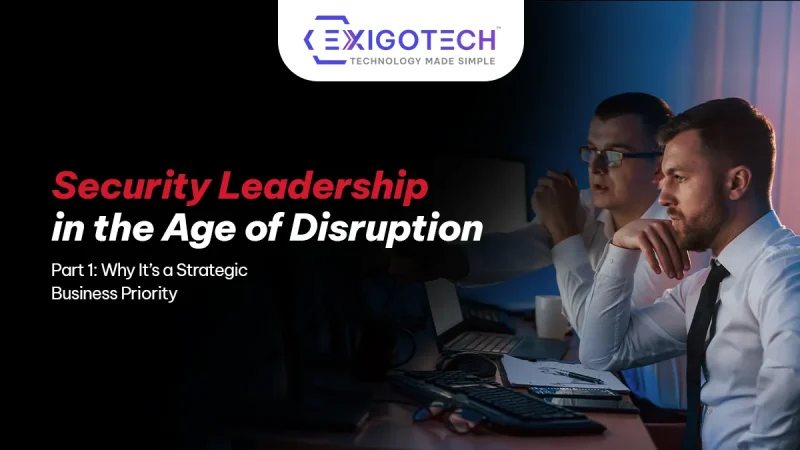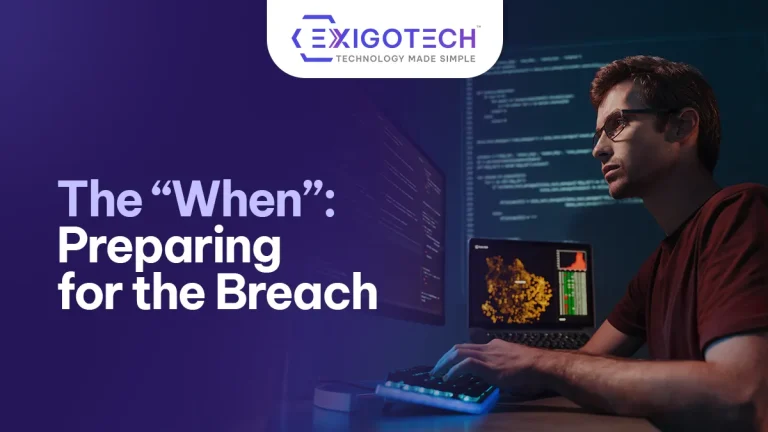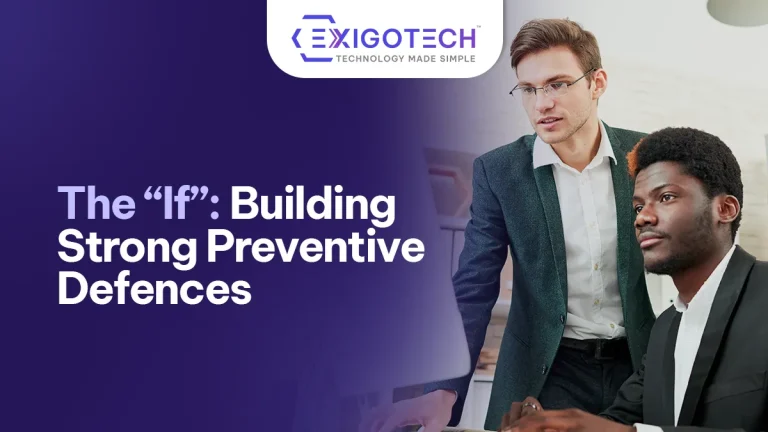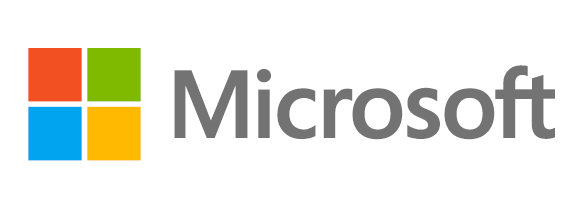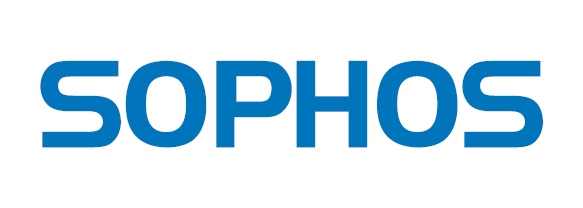Cyberattacks are no longer rare events. They are the everyday reality for businesses.
At the same time:
- Artificial Intelligence (AI) is changing how work gets done.
- Quantum computing could bring big opportunities, but also new risks.
- Digital systems are now deeply connected to the physical world- factories, cars, hospitals.
- Geopolitical tensions are adding even more pressure on supply chains, infrastructure, and digital platforms.
Security is no longer just a technical issue. It is a business necessity. Advanced cybersecurity strategies protect business, build customer trust, and enable digital growth. That means business leaders must treat it as a boardroom priority, not an IT afterthought.
We will be having a four-part series exploring how security leadership must evolve in today’s disruptive times. In this Part 1, we will see why security is now a strategic advantage, not just a technical function.
Security as Strategy, Not Just Infrastructure
For years, organisations treated security like a checklist: firewalls, antivirus, compliance reports. That approach doesn’t work anymore.
Today, security decides business survival.
- Investors judge organisations by their cyber resilience.
- Customers choose brands they trust.
- Regulators impose penalties on firms that fall short.
One single cyber breach can destroy years of brand building. On the other hand, organisations that show strong resilience gain a competitive edge.
Two scenarios:
- A global retailer suffers a large-scale data breach. Millions of customers lose trust, regulators intervene, and competitors seize market share.
- A financial firm invests early in strong security leadership. When a nation-state attack hits the sector, they limit damage, stay transparent, and keep operations running. Customers and partners stay loyal, and the board sees security as a growth driver.
Security also protects continuity. A ransomware attack can stop supply chains, ruin customer experience, and trigger legal trouble. But firms with mature resilience frameworks spot threats faster, reduce impact, and recover quickly.
Most importantly, security is not just about defence. For example, it enables innovation:
- A healthcare provider rolling out digital services must protect patient trust at every step.
- A manufacturer adopting smart factories must prevent both downtime and reputational harm.
In short: Security directly impacts business performance, customer loyalty, and shareholder value.
For CIOs, CTOs, and CISOs, the role is no longer just about buying technology. It’s about shaping strategy, culture, and resilience across the business.
Strengthen Your Security with Zero Trust
Traditional defences don’t work in this era, where cyberattacks are getting smarter day by day.
Our Zero Trust Security Assessment helps you:
- Identify gaps
- Test your defences
- Build an adaptive security framework
Take the first step toward resilience today with our Zero Trust Security Assessment.
Disruption Is the New Normal
Disruption is continuous. Technology changes faster, attackers move quicker, and risks grow every day.
Here are the main factors reshaping enterprise security:
AI Agents and Expanded Risk
AI agents are transforming productivity, automating workflows, and creating new value streams. But they also help attackers run smarter phishing, fraud, and impersonation schemes. Organisations must balance AI’s benefits with strong governance and monitoring.
Cyber-physical Convergence
Smart factories, connected cars, and digital hospitals blur the line between online and physical safety. A cyberattack could shut down grids, logistics, or healthcare services. Both digital and physical systems need to be treated as one security perimeter.
Quantum Threats
Quantum computing could break today’s encryption. Hackers may steal data now to unlock it later. Businesses must start moving toward quantum-safe cryptography now, not later.
AI-enabled Workforce and Identity Risks
Today’s workforce includes people, devices, and AI assistants. Identity is no longer a single credential—it spans devices, bots, and roles. Without strong identity governance, insider threats, and privilege misuse multiply. Identity security must evolve from perimeter defence to continuous verification.
Hardware and Architecture Vulnerabilities
Recent flaws in processors prove that even hardware can be exploited. Security leaders must secure not just software, but every layer of digital infrastructure.
The lesson: Disruption is constant. These are not technical side-issues; they directly affect business survival, competitiveness, and compliance.
Leadership in the Age of Disruption
If disruption is constant, security leadership must be:
- Proactive: look ahead, not just react.
- Adaptive: evolve with threats.
- Visionary: align security to business strategy.
The role of CIOs, CTOs, and CISOs is evolving from technology oversight to enterprise leadership.
Anticipating Future Threats
Traditional models of reacting after incidents are no longer sufficient. Leaders must anticipate risks before they materialise. This requires horizon scanning, threat intelligence, and scenario planning.
For example, boards should ask: How will quantum threats affect our sector within five years? What is our plan to adapt?
Embedding Security into Innovation
Innovation without security is risky. Enterprises that integrate security into product design, digital transformation, and AI adoption avoid costly rework and reputational damage. Leaders must ensure security is not a barrier but a catalyst. By involving security teams early in innovation cycles, businesses accelerate transformation with confidence.
Aligning Security with Business Outcomes
The value of security isn’t just cost savings; it’s faster growth, smoother compliance, and stronger trust. Security leaders must speak in terms of ROI, growth, and market share, not just risk.
Leadership as Culture Shaper
Security is everyone’s job. Employees who understand their role reduce risk daily. Leaders must build awareness, accountability, and empowerment across all teams.
Enterprises that succeed in this model do more than defend against threats. They build strategic resilience that allows them to adapt, pivot, and seize opportunity in disruptive times. This is the essence of security leadership in the age of disruption.
Teaser for Part 2
This first part showed why security is now a strategic business priority.
In Part 2, we will explore five big shifts that are reshaping security strategy, from identity governance to quantum resilience, and what they mean for enterprise leadership.
Scale Resilience with Managed Security as a Service (MSaaS)
Security leadership needs round-the-clock protection and rapid response. With Exigo Tech’s Managed Security-as-a-Service (MSaaS), you get:
- 24/7 monitoring
- Advanced threat intelligence
- Freedom to focus on growth while we safeguard your operations
 India
India Australia
Australia Singapore
Singapore Philippines
Philippines Brendan Fazel | Sep 01, 2025
Brendan Fazel | Sep 01, 2025